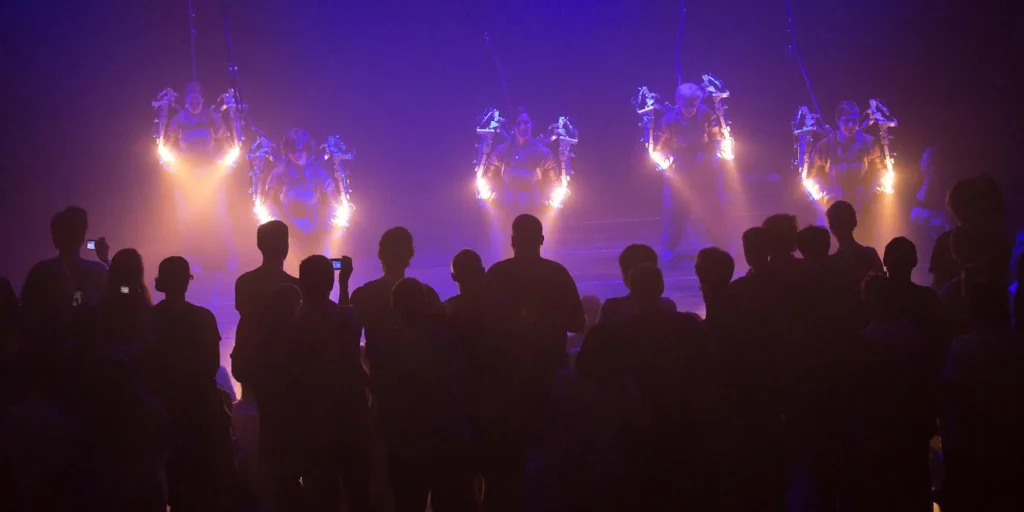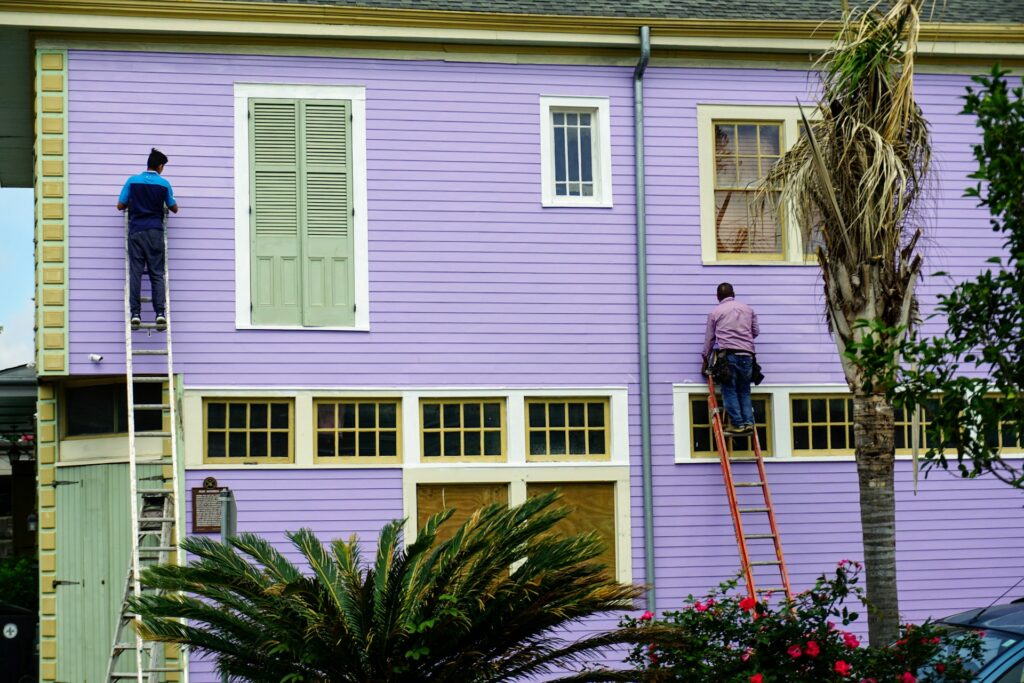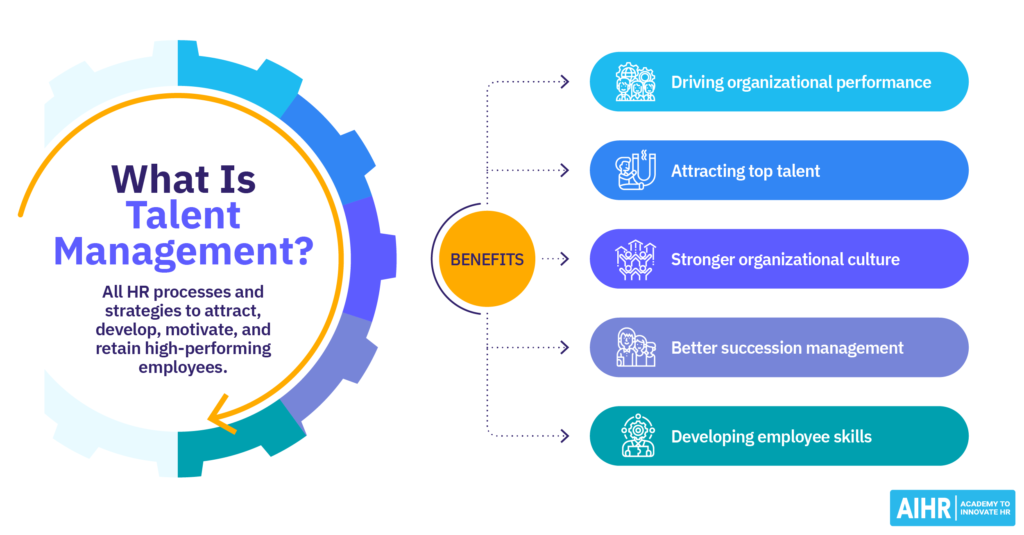The Linz Electronic Arts Festival, held annually in Austria, is one of the world’s most significant media arts festivals. It closely examines the developments in art, technology, and human society, exploring the interconnections between these three realms, especially focusing on the impact of the digital revolution on shaping the future world.
Founded in the 20th century, Ars Electronica’s philosophy remains closely linked to contemporary society. The festival’s initial pilot projects aimed to view the emergence of the digital revolution as an opportunity to scrutinize potential futures, with a research focus on the connections between art, technology, and society.
“Digitization” is not just a technological development but also a social one. Regardless of the ever-changing rules of technology, whether altering the past, present, or future, as members of society, we must continually seek and implement new frameworks and rules to adapt to our evolving world(quotes from miam).
In 2021, the Electronic Arts Festival took place not only in Linz, Austria, but also simultaneously online, featuring exhibitions, concerts, lectures, seminars, and more. It was a grand event held not only in Linz but also in 86 other Electronic Arts Festival Gardens globally.
From speculative future scenarios to analytical thinking, from provocative activism to philosophical debates, Ars Electronica covers a wide range of topics. The main themes of the festival include computer animation, artificial intelligence & life art, and electronic music & sound art. Through these media, it is evident how innovative and “new” the artworks presented at this festival are.
Highlights of Artistic Exploration at the Festival:
1. Computer Animation: The Deep Listener – by Jakob Kudsk Steensen
This piece takes the audience on a visual and auditory ecological adventure through Kensington Gardens and Hyde Park in London. It offers a journey to see and hear five species in London: London Plane Trees, bats, long-tailed parakeets, blue damselflies, and reed beds.
Through the downloaded application, viewers can experience augmented reality (AR) and spatial audio on their mobile devices. It serves as a site-specific public artwork and a digital archive of various species living in the park.
Inspired by eco-sci-fi and scientific research, the artist creates a form of “slow media” that uses technology to cultivate the audience’s attention. The artist represents the five species using sound as a proxy. The audio and video in the project are sourced directly from organic materials in Kensington Gardens and Hyde Park.
The organic materials are then transformed through digital processes and re-embedded into the same environment. The artwork establishes an experience—exploring the sublime and unsettling forces of our ecosystem. Like in history, the park becomes a natural world existing within the city.
2. Tropics – by Mathilde Lavenne
Tropics take the form of a 3D archaeological exploration, allowing the audience to delve into historical landscapes of the 19th century. The artist draws a trajectory around these territories emitting sounds, expressing their secret stories and connections with the ghosts of the past. The artwork questions the relationship between technology and nature, using 3D scans to visualize stories and memories of a Mexican farm. The artist explores whether advanced creative tools can reconnect us with ancient worlds.
3. Artificial Intelligence & Life Art: Compasses – by Allison Parrish
Poet and programmer Allison Parrish’s code transform language into engaging and memorable literary forms. She trained a machine learning model with two parts: one part spells words based on pronunciation, and the other lists words based on spelling.
4. Sound for Fungi. Homage to Indeterminacy – by Theresa Schubert
How do fungi perceive sound? This work generates a video simulating the growth of mycelium, allowing interaction through hand-tracking sensors. Audiences can adjust the sound frequency of mycelium growth in real-time. By changing perspectives in a 3D environment and smoothly transitioning from a macroscopic view to a cellular level, the diversity of fungi becomes tangible.
5. Labor – by Paul Vanouse: “What Does ‘Labor’ Smell Like?”
The artwork “Labor” is a dynamic, self-regulating art installation that reproduces the smells of people working hard under pressure. The smells are generated by bacteria breeding in three glass bio-reactors. Each bio-reactor incubates a unique type of human skin bacteria responsible for producing the odors produced by the body during sweating. When these bacteria metabolize sugars and fats, they generate unique scents associated with human fatigue, stress and anxiety. These scents mix in the room, and the artwork also features iconic objects from a sweatshop—the white T-shirts worn by workers(quotes from miam).
6. Electronic Music & Sound Art: Organscape – by Xoán Xil López
Organscape by Xoán Xil López is an installation composed of “Organismo I,” a set of delicate power machines. This artwork is based on an investigation into specific sound ranges found in certain organs and aims to mimic sounds from the super music, such as bird sounds or thunder. It includes four corresponding organ compositions (Organscape I – IV) converted from live recordings at different locations.
Why did the artist choose the organ as the primary instrument?
In a sense, the organ can be considered one of the first site-specific “installations” because it is a sound device that can remain in a fixed place. The artist calculated the acoustics based on the space it occupies. The work creates a small “orchestra,” building tension between utopia and dystopia.
7. Chosho Hakkei in Rittor Base – by evala (JP)
“See by Your Ears” is a project by Japanese sound artist evala exploring the possibilities of audition under the concept of “seeing with your ears.” It is a 3D immersive audio album listened to through advanced binaural technology headphones, allowing the audience to virtually experience his exhibition “Chosho Hakkei.”
The exhibition took place in the vast Japanese garden “Nakatsu Hansyu-en,” with a history of over 330 years, attempting to awaken natural landscapes in the Japanese brain through sound. In this historic heritage, three artworks were installed: on a bridge, on a small island, and in the oldest existing tea house. Visitors, while listening to current sounds, hear immersive sounds, distant sounds of nature, and sounds of someone just passing through the garden. Then they are transported into spaces related to various sounds, coming from the lake, the sky, and even the universe. Additionally, the boundaries between reality and illusion become blurred(sources from miam.org).
This album is an extraordinary reconstruction of these works, allowing the audience to stroll through the exhibition. When listened to carefully, images form. In each listener’s mind, they exist in different forms. The essence of the work lies not in imparting external meaning or information but in gently teasing out so many stories from within the human perception of hearing.
8. The Home – by Annie Saunders, Jackie Zhou
“The Home” is a headphone-based sound experience and a physical installation located in a public space, providing an experience for one participant at a time. The work aims to create a deeply personal experience for each participant regarding the question, “Why don’t you just leave?”
Binaural sound design consists of many elements and layers constructed based on interviews with eight survivors of domestic abuse. Their voices are used as compositional elements, conveying information and experiences, as well as triggering non-verbal emotions and specific inner feelings for each individual participant. Women’s voices are layered into multifaceted sound design: participants may hear sounds of cooking, broadcast interviews, news clips from television in another room, footsteps, and more. Each physical room and object is chosen and arranged based on the design of the sound.
As participants traverse the house, the environment becomes more surreal, with elements increasing accordingly. After passing through the hallway, bedroom, and laundry room, they enter a space that is both a museum and a police evidence room, where the audience hears stories about specific objects




